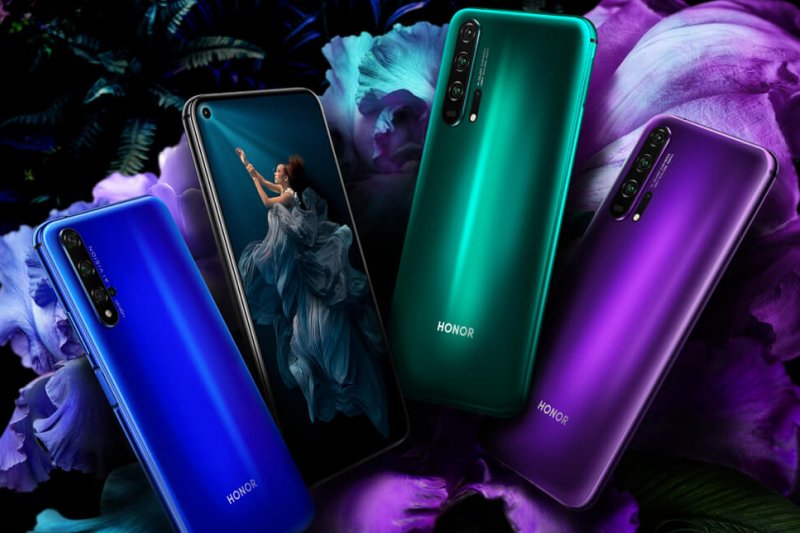Chinese smartphone maker Honor announced its first mobile phone after splitting from parent Huawei in November 2020.
Honor introduced the V40, or what is called the View40 globally, which carries a 6.72-inch OLED screen with a 120Hz refresh rate and is powered by the MediaTek Dimensity 1000 Plus processor.
The phone is also equipped with a camera with a 50MP main lens, as well as a 4,000mAh battery which is equipped with 66W charging technology and 50W wireless charging.
Huawei has sold Honor to a consortium of 30 sub-brand agents and dealers to help continue sourcing components that made up US regulations last year.
In the phone change, Honor CEO George Zhao said he currently has his own deals with a number of technology companies, including AMD, MediaTek, Micron Technology, Microsoft, Samsung, SK Hynix and Sony.
“The last five months have been a very difficult but meaningful time for Honor. We feel the burden of expectations from industry partners and consumers,” said Zhao.
One source said that because Honor is now a separate entity from Huawei, suppliers can supply components.
Under Huawei, Honor is focused on pocket-friendly phones, but is currently looking to expand its line to the mid and high-end smartphone market and expand overseas, according to Zhao.
The Honor View40 is sold in China with prices starting at 3,599 yuan for the model with 8GB RAM, and 3,999 yuan for the model with 128GB RAM.
Honor said it would pursue the “internet of things” market, calling its strategy “8 + 1 + N,” the same term used by Huawei.
“They want to show that they are Huawei back so that customers can trust them to have the same quality that Huawei wants,” said Nicole Peng, VP Mobility of market research firm Canalys.
Honor shipped 13.3 million phones in the third quarter of last year, more than a quarter of Huawei’s total shipments, according to Canalys.
About 8,000 Honor staff have moved from Huawei offices to the new headquarters also in the southern city of Shenzhen, where 50 percent are involved in research and development involvement, Zhao said.
Strict US restrictions have choked Huawei’s access to US chip technology companies and damaged its cell phone business. The United States has accused Huawei’s telecommunications cancellations of risk, a charge the technology firm has denied.

